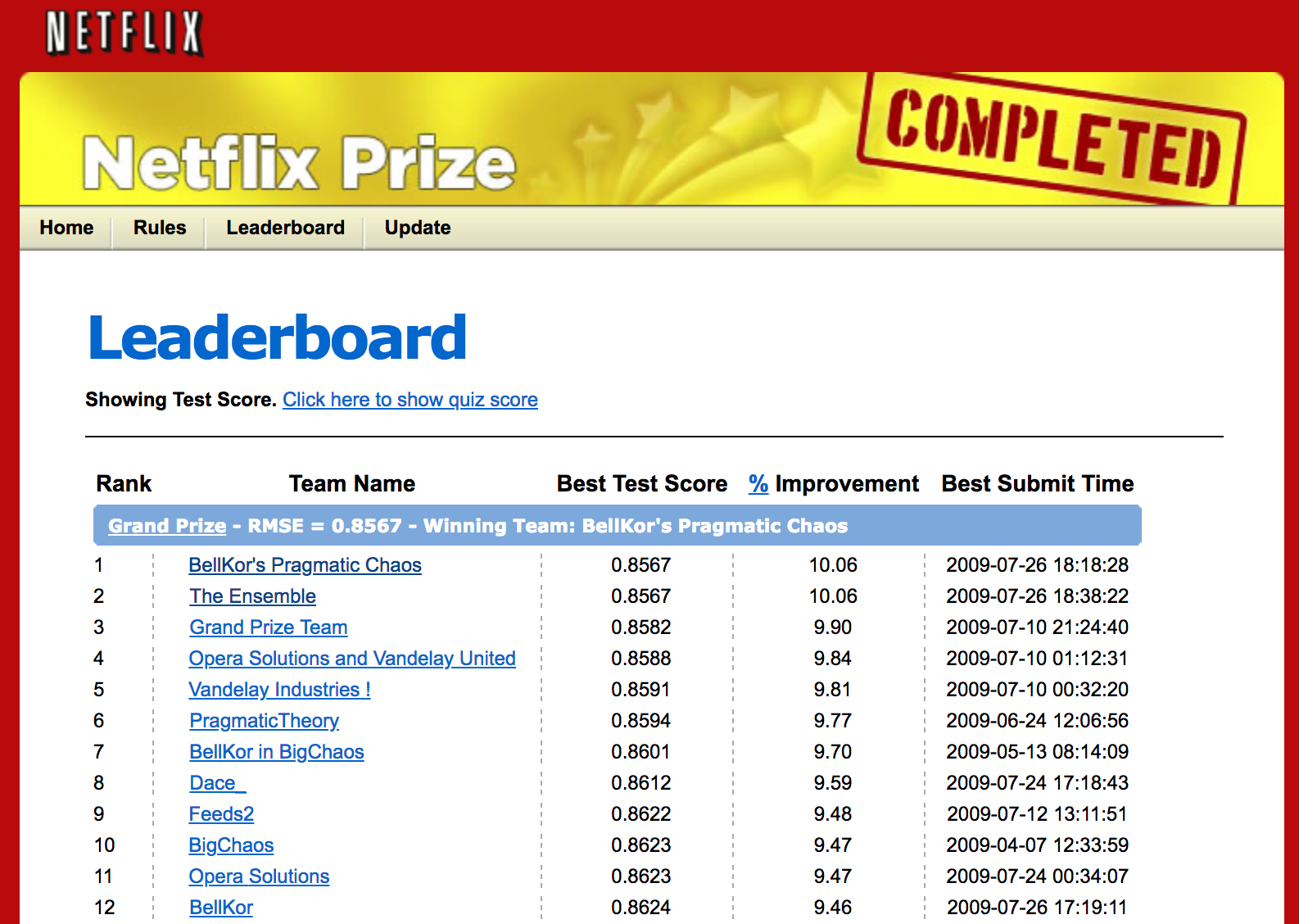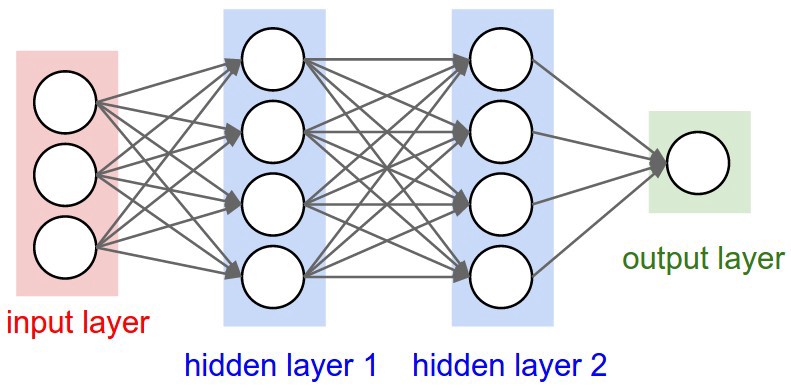Intro to Deep Learning
Trevor Bedford (@trvrb)
27 Jun 2018
VIDD Faculty Retreat
Union, WA

480k ratings on 18k movies
| 28 Days Later | Contagion | Outbreak | |
| Alice | 3 | ||
| Bob | 1 | 4 | |
| Carol | 5 | 3 |
Winning algorithm was a hand-tuned ensemble of matrix factorization, neighborhood models with temporal dynamics, restricted Boltzmann machines and gradient boosted decision trees
Entire model using Keras deep learning library
movie_count = 17771
user_count = 2649430
model_left = Sequential()
model_left.add(Embedding(movie_count, 60, input_length=1))
model_right = Sequential()
model_right.add(Embedding(user_count, 20, input_length=1))
model = Sequential()
model.add(Merge([model_left, model_right], mode='concat'))
model.add(Flatten())
model.add(Dense(64))
model.add(Activation('sigmoid'))
model.add(Dense(64))
model.add(Activation('sigmoid'))
model.add(Dense(64))
model.add(Activation('sigmoid'))
model.add(Dense(1))
model.compile(loss='mean_squared_error')



Toy example at playground.tensorflow.org
Research focuses on clever construction of network structures fit to the problem domain
Images processing uses convolutional networks

Features build on features

Production deep learning networks are huge, power lies in their ability to scale with increasing data
Imagenet database of 14M images and 20k categories

There has been massive progress in AI tasks enabled by deep learning
Imagenet recognition performance



Software libraries highly advanced and user friendly



Moving towards fully GUI tools like lobe.ai
Seeing use in a large number of different domains
- Google Search
- Language translation
- Prediction of chaotic system behavior
- DNA-protein binding, enhancer, regulatory motif prediction
- Prediction of protein function from sequence